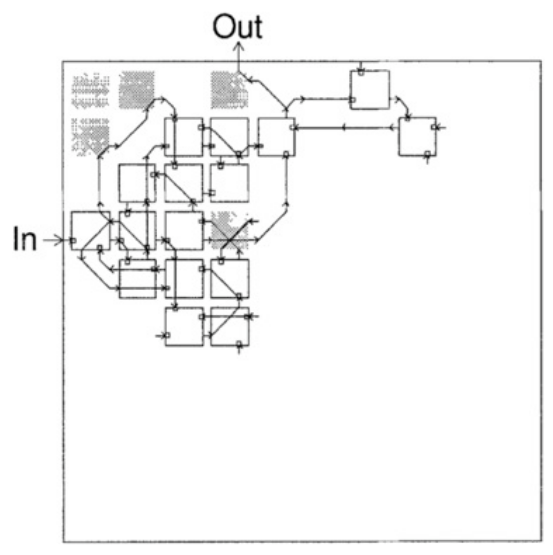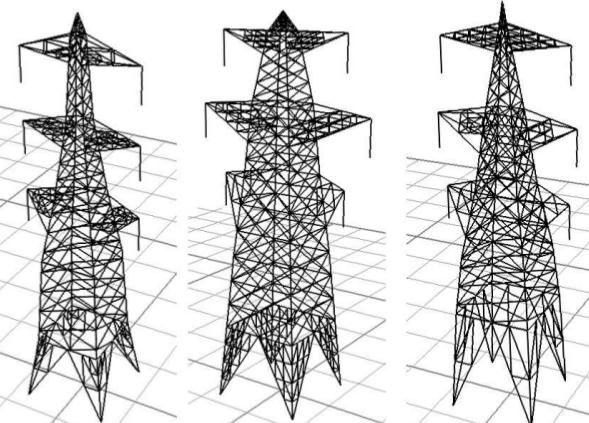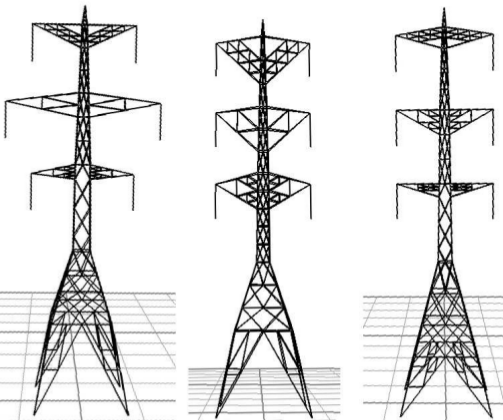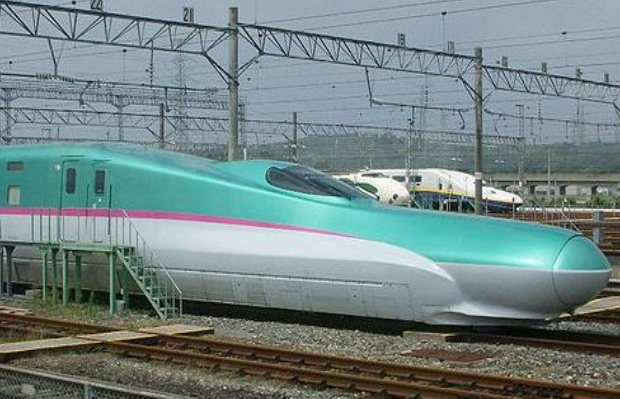Computational Creativity and Evolutionary Design
Jonathan Byrne
Natural Computing Research and Applications Group
University College Dublin
Ireland
Overview
- Creativity
- Evolutionary Algorithms
- Design Problems
- Artificial Life and Game A.I.
- Product Development
Defining Creativity
- Creativity is subjective
- "I know it when I see it"
Does not Compute
- Creativity is a human endeavour
- A computer only follows the instructions it is given
- A computer has no insight into design problems
Infinite Monkey Theorem
"If an infinite number of monkeys randomly hit keys on a typewriter for an infinite amount of time then they would almost surely write the complete works of Shakespeare"
Although theoretically true, the internet has so far shown otherwise.
Brute Force Approach
"To be or not to be that is the question"- Probability of typing 't': 1/27
- Probability of typing 'to' (1/27 * 1/27): 1 in 729
- Probability of typing entire phrase (1/27 ^ 39): 1 in 66,555,937,033,867,822,607,895,549,241,096,482,953,017,615,834,735,226,163
How Long?
If a computer processed a million combinations a second:
2,110,474,918,628,482,452,051,482,408,710,568,333,111,923 years
Estimated age of the universe: 13,750,000,000 years
Evolutionary Algorithms (EA)
- Heuristic Optimiser
- Inspired by biological evolution
The Algorithm:
Generate an initial random population then:
- Evaluate (fitness function)
- Select (fitness pressure)
- Crossover (heredity)
- Mutate (variation)
- Repeat
Evaluate
Target phrase: that
Population:
- town (1)
- flat (2)
- pond (0)
- this (2)
Selection
Tournament Selection:

Crossover

Mutation
- "town" -> "toan"
Example
The Nature of Code by Daniel Schiffman
Link to codeApplications
NP complete problems:
Easy to check an answer but too many possible solutions
- Large scale optimisation algorithms
- Transport and routing
- Scheduling
- Bioinformatics
Since design problems defy comprehensive description and offer an inexhaustible number of solutions the design process cannot have a finite and identifiable end. The designer’s job is never really done and it is probably always possible to do better.
B. Lawson.
Evolving a Vehicle
Car GACircuit Design
An Evolved Circuit, Intrinsic in Silicon, Entwined with Physics
Adrian Thompson, 1997, Evolvable Systems: From Biology to hardware
Experiment
Used a field-programmable gate array (100 Nodes)
Recognise two distinct inputs
No clock pulse
Result
- Generation 0-100: nothing
- Generation 220: recognising input
- Generation 650: distinguishing input
- Generation 1400: 50% accuracy
- Generation 4100:100% accuracy
"A mess of feedback loops"

Redundant Nodes Removed

After Clamping

Applications
- Adaptive circuitry
- Generating and breaking existing patents
- Invention machine- J.R. Koza
Artificial Life
Evolving 3D morphology and behavior by competition
Karl Sims, Artificial Life,Volume 1, 1994
Experiment
Virtual Creatures must survive in a modelled environment
- Movement tasks and competitive tasks
- Bodies composed of blocks and springs
- Sensors for environmental input
- Different physical environments (water, land)
Results
Game A.I.
Optimising Offensive Moves in Toribash Using a Genetic Algorithm
- Ragdoll physics engine
- Turn based game
- No pre-defined moves
Toribash
link
Basic Attack
link
Single Move Decapitation
link
Tori Gets a Sword
link
Chaining Combo
link
Applications
- Robotics
- Animation
- Computer games
- In silico biology
Product Design
- A product can always be optimised
- Design itself is an evolutionary process
- E.A. has no preconceptions of a design
Pylon Design
- Royal Institute of British Architects (RIBA) design competition
- Pre-specified loading conditions
- Use structural analysis as fitness function
Loading Constraints

Example Loading

Wind Loading

Ice Loading

Wind and Ice Loading

Multi-objective Optimisation
- Conflicting design objectives
- Lift versus drag of a wing
- No perfect solution
Best Lift Maximisation

Best Drag Minimisation

Initial Generation

Evolving the Pareto Front
Final Generation

Optimised Blended Wing Body Designs
Optimised Cessna 182 Designs
Optimised MIG 21 Designs
Applications

Shinkansen

Shinkansen

NASA Antenna


Fibre Optics

Conclusions
- EAs capable of active design
- Do not need to be told explicitly what to do
- Provide multiple design solutions when given vague specifications